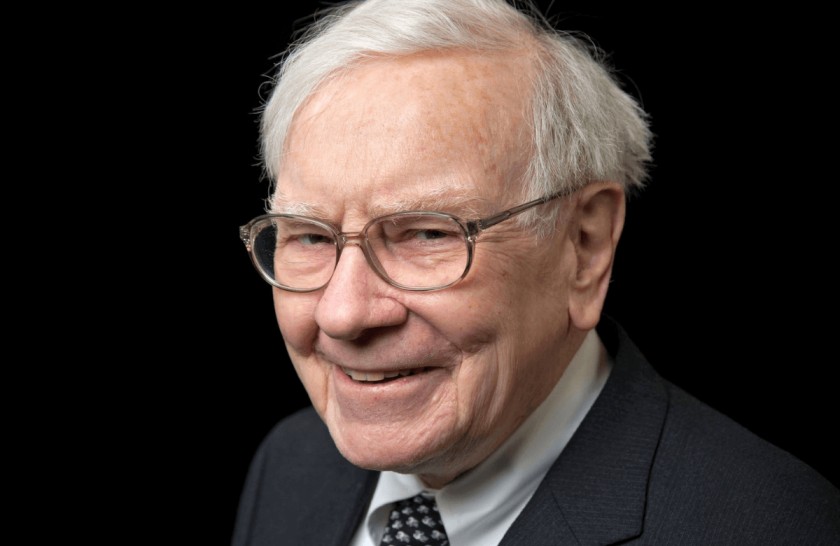- March 3, 2023
How Warren Buffett turned a few calls into 3,787,464%

Warren Buffett’s 12 key decisions, including acquiring National Indemnity, Geico, and hiring Ajit Jain, shaped Berkshire Hathaway’s success.
By Marc Rubinstein
Few investors’ words are parsed more intently than Warren Buffett’s. But in this year’s annual shareholder letter, which dropped Saturday, the Oracle of Omaha didn’t give much away. It was one of his shortest ever and contained few fresh ideas. But he did offer one morsel: “Our satisfactory results,” he wrote, “have been the product of about a dozen truly good decisions – that would be about one every five years.”
By “satisfactory results,” Buffett is being modest. Shares in his investment vehicle, Berkshire Hathaway Inc., have returned 3,787,464% over his almost six decades at the helm. That just 12 decisions drove such performance is remarkable. Naturally, investors scrambled to identify them. For my part, the list can be narrowed down even more.
Chief among them has to be the acquisition of National Indemnity, which forms the kernel of the insurance segment that now contributes about half of Berkshire’s total assets. Headquartered a few blocks away from Berkshire in Omaha, Nebraska, Buffett acquired the business in 1967 for $8.6 million. With it came a captive investment portfolio that in 1967 sat on $174,000 of gains; by the end of 1968 – Buffett’s first full year of ownership – it was sitting on $1.76 million.
The acquisition sparked Buffett’s love affair with “float.” His biographer Alice Schroeder remarks: “To someone like Buffett, having other people’s money to invest, on which he kept the profit, was catnip.”
Float arises because most insurance policies require that premiums be prepaid and because it usually takes time for an insurer to hear about and resolve claims; in the meantime, insurers get to invest the capital for their own benefit. “This access to ‘free’ money has boosted Berkshire’s performance in a major way,” wrote Buffett in his 1995 shareholder letter.
Berkshire’s latest annual report (page K-98) illustrates the point. In Berkshire Hathaway Primary Group, where National Indemnity now resides, over half of the claims are paid out more than three years after an accident. In one case (highlighted on page K-99) National Indemnity booked a $10.2 billion premium back in 2017 on which it has so far only paid out $2.7 billion. Last year, the overall cost of float was nominal; in prior years it has been negative.
Over the years, “through acquisitions, operations and innovations,” Berkshire has bolstered its float. From $39 million in 1970, the group’s overall float now stands at $164 billion. Last year alone, it grew by $17 billion, partly from the acquisition of Alleghany Corp. By itself, the Alleghany deal was too small to be one of the dozens, but another insurance acquisition does make the cut: Geico.
Buffett had been following Geico for at least 25 years before he acquired a third of the company in 1976. Over the next 10 years, it grew to account for half of his public stock portfolio. In 1995, he took full control. Not only did Geico contribute $3 billion to the group’s float but, unlike other insurance companies, it made money along the way via positive underwriting results. Despite a setback last year when it suffered losses as claims shot up, cumulative underwriting profits have amounted to $19.8 billion – not bad for an acquisition whose all-in cost was around $2.4 billion.
Other insurance acquisitions were less accretive. In 1998, Berkshire acquired General Re Corp, which came with $14 billion of float but a heap of problems. Buffett wrote in his 2002 letter that the company had “severely miscalculated the cost of the product it was selling.”
A greenfield investment in reinsurance years earlier also failed, highlighting the risks inherent in sourcing float. “After more than 20 years, [we] regularly receive significant bills stemming from the mistakes of that era,” Buffett wrote of the scheme in his 1995 letter. “A bad reinsurance contract is like hell: easy to enter and impossible to exit.” Neither General Re nor Berkshire’s organic foray into reinsurance make it into the dozen.
Fortunately, one key decision helped to resolve these mistakes: the hiring of Ajit Jain, currently Berkshire’s vice chairman of insurance operations. “The search expenses that brought us Ajit Jain, now there was an investment that really paid a dividend,” said Berkshire Vice Chairman Charlie Munger at the group’s 2005 annual meeting. “I can think of no higher return investment that we’ve ever made that was better than that one.”
Jain came in to run Berkshire’s reinsurance business and then launched a new business, “catastrophe insurance,” in which the group is now the world leader. He’s “added tens of billions of values,” said Buffett at his 2017 annual meeting.
The Jain hire together with the National Indemnity and Geico acquisitions represent a quarter of the “dozen truly good decisions” Buffett has made, but more than that, they define the structure of the Berkshire Hathaway group. Many of the other decisions are intertwined with them, including the purchase of Coca-Cola Co. stock, a slug of which is held via Geico’s float.
Distilling 58 years of work down to 12 decisions is hard, but that level of endurance requires a firm foundation. How that foundation is set up is perhaps the most important decision of all.
Marc Rubinstein is a former hedge fund manager. Views are personal and do not represent the stand of this publication.
